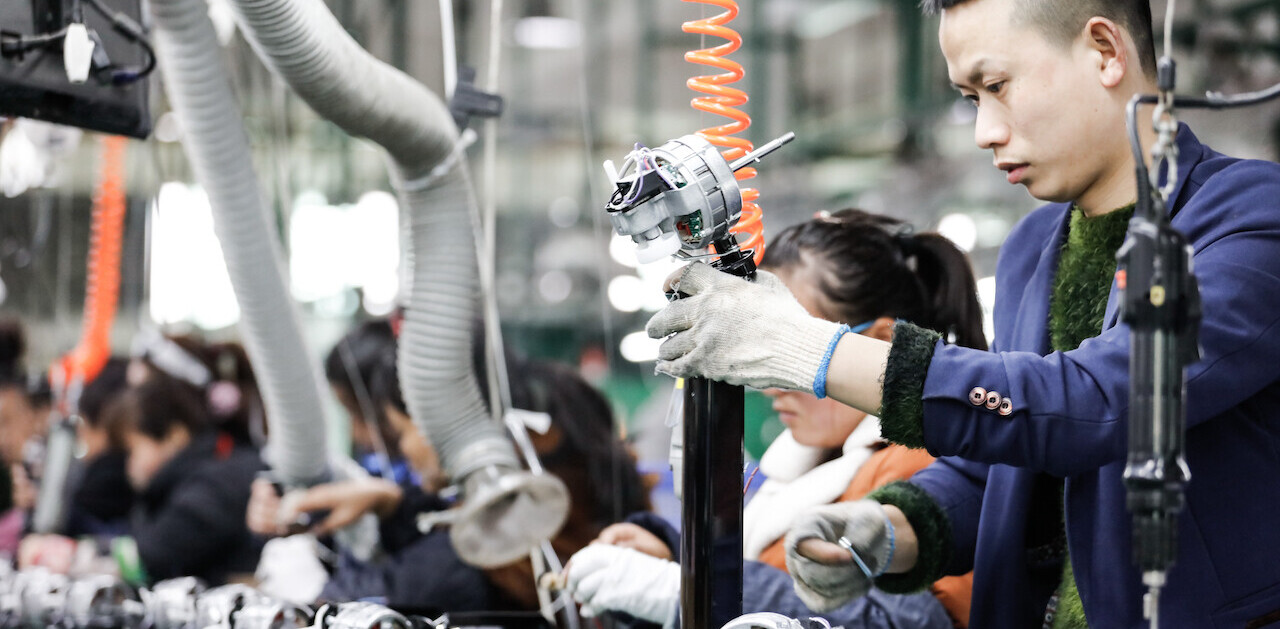
Andrej Kiska is an Associate at Credo Ventures.
The team, the product and the size of the market: these three ingredients are typically preached to us as the key to a successful startup. But what if someone much bigger or much better funded comes along, essentially copies the product, devotes a much larger team to the task and spends heavily on sales and marketing to grab the market?
Many of the pitches I have listened to over the years underestimate the value and importance of raising high barriers to entry to their target market. Looking at companies like Groupon, it seems that many large players struggle with it as well.
It is worthwhile to think about how to protect your startup, especially if you are competing from somewhere outside of Silicon Valley, where you can’t afford to throw endless loads of cash into user acquisition.
The false barrier to entry: fast go-to-market
A lot of startups dismiss the barrier to entry question by saying something like: “I will be the first one on the market; my goal is to get as many users as I can as fast as I can.” That may be a fine strategy, but it doesn’t tackle the issue of how to retain the users once they sign up and once competition starts emerging.
Some companies can achieve tremendous success before the low barriers to entry catch up to them and their user growth starts deteriorating: in addition to Groupon, look at the fate of Foursquare, Fab or Zynga (and most of gaming companies for that matter).
What are the different approaches to building a sustainable barrier to entry?
The technology advantage
Perhaps the most obvious yet highly prized barrier to entry is a deep technological core of your product that can’t be easily copied. For example, the team at Comprimato spent years researching its JPEG 2000 algorithms at CESNET, Czech Republic’s National Research and Education Network operator before we helped them spin the technology off, form a company and start selling the product.
Almost a year after the spin off, the company is still the only working GPU-based compression system that can deliver unparalleled compression speed to ultra HD photos and videos at a price of the cheapest solutions on the market.
Naturally, it is quite difficult to raise such a barrier to entry if your team is not full of PhDs with plenty of available time. Achieving the right product network effect, however, does not require a PhD degree.
The network effect of your product
What is the difference between companies like Dropbox and WhatsApp versus Groupon and Foursquare? The strength of their network effect.
Would I really leave Dropbox, where I have stored so many files and have shared folders with my friends, in exchange for Microsoft OneDrive, where I would have to start anew? Even if it offers Microsoft Office compatibility?
Would I really leave WhatsApp, which all of my chat buddies use, for WeChat, which dominates in China? On the other hand, what holds a customer to Groupon versus any other daily deals site? Why would I check in at FourSquare if I can check in in front of all my friends on Facebook or selected buddies on WhatsApp?
Essentially, when network effects are present, the value of a product or service increases as the number of users grows. Achieving a long-lasting network effect can lead to a sustainable competitive advantage, but it is difficult to naturally apply for many startups. Not because they wouldn’t be creative enough, but because such network effect simply doesn’t fit their product offering.
The time spent on the market
One competitive advantage of every early mover is the amount of time its product has spent on the market interacting with customers. The challenge is to use the knowledge you have acquired about the market to build a sustainable barrier to entry against competition.
Ideally, the barrier gets stronger over time: the more time you spend on the market, the bigger the barrier.
The trick is for such barrier to be defensible. To illustrate, consider the claim that your barrier is the amount of product fine-tuning you have done based on user feedback. Your competitor can simply buy that knowledge by hiring your (or someone superior to your) head of product. That’s not very defensible.
On the other hand, great examples of such a strengthening barrier to entry are products based on machine learning algorithms. The more time a Google car spends on the road, the more it understands all the nuances associated with driving and thus the safer it becomes. There are no shortcuts to making a machine a better driver.
Another great category is startups that leverage their traction to form a sustainable barrier to entry. Apiary, the most popular API building tool in terms of number of managed APIs, is building a product suite that analyzes the uses of these APIs and is able to deliver powerful insights about the APIs to their providers. Any competing product will by default be inferior, since Apiary has the deepest data pool thanks to its dominant traction.
Interestingly enough, Foursquare is also trying to re-invent itself by moving in a similar direction, leveraging the vast amount of data it has about the users to suggest new places its users would like.
The important thing is not to copy someone else’s barriers to entry, but to think about (i) what is unique about your startup and (ii) how to leverage that uniqueness to erect a strong barrier to entry against your potential competitors.
As some of the examples above show, a great team, an awesome product and a huge market can provide for a great success, but without defensible barriers to entry, the success may be short lived.
Don’t miss: How to use negative psychology to your business advantage
Get the TNW newsletter
Get the most important tech news in your inbox each week.





